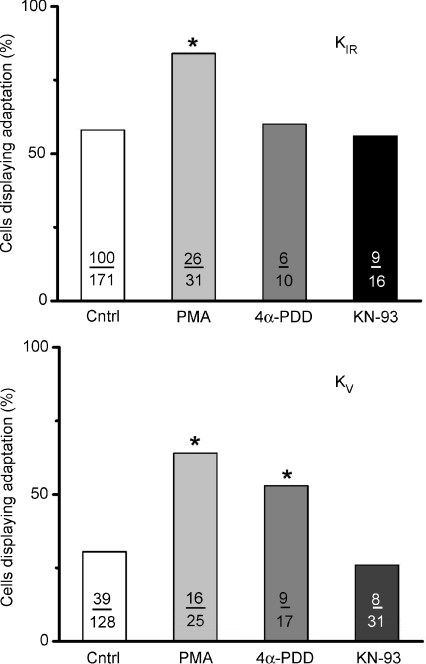Figure 6. The activation of PKC could effectively increase the number of taste receptor cell responses to caffeine that displayed adaptation whereas activation of calcium–calmodulin was ineffective in modulating adaptation.
When recordings KIR current, the phorbol ester PMA, an activator of PKC, increased the number of cells displaying adaptation to caffeine from a control value of 58% to 84%. 4α-PDD, an inactive analogue of PMA, did not significantly differ from control values. KN-93, an activator of calcium–calmodulin, gave a value of 61%, which was not significantly different from control values. When recording KV currents, both PMA and its inactive analogue 4α-PDD produced significant increases in the percentage of cells displaying adaptation responses to caffeine when compared to untreated control cells (64% or 53%versus 31% for PMA, 4α-PDD, or control cells, respectively). Hence we are unable to distinguish between the possibilities that the PMA effect is artifactual (since the inactive analogue is also effective) or that the PMA is effective (as for KIR) but the inactive compound produces some artifactual response with KV channels. The calcium calmodulin activator KN-93 gave a value of 36%, which was not different from control values, suggesting it to be inactive. The number of cells contributing to each treatment value are indicated. Asterisks indicate statistical significance (P < 0.05).

